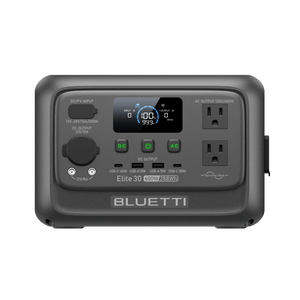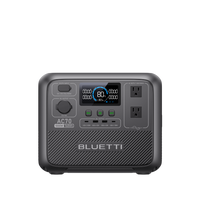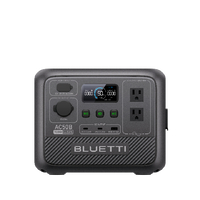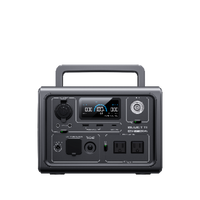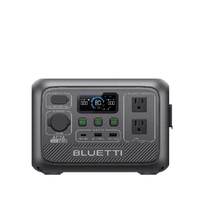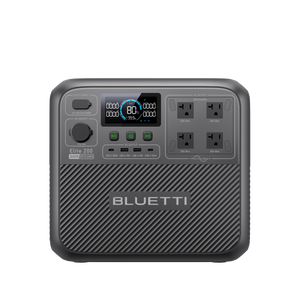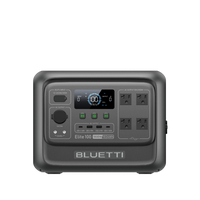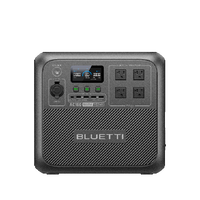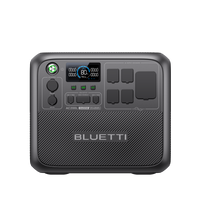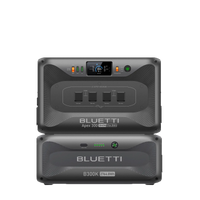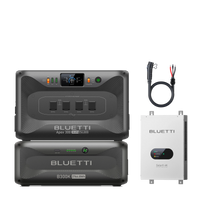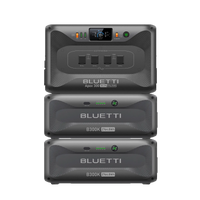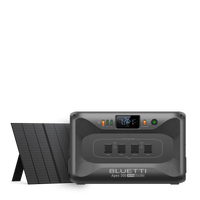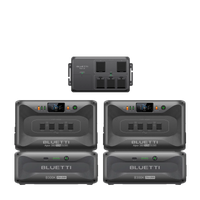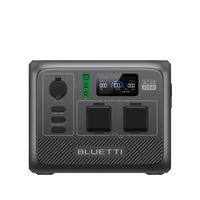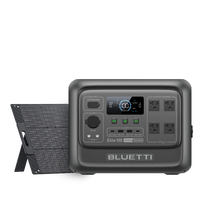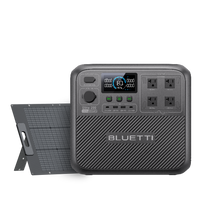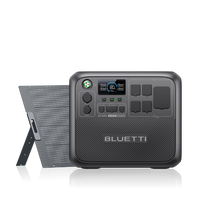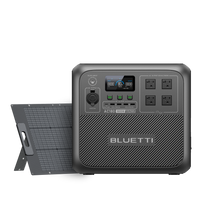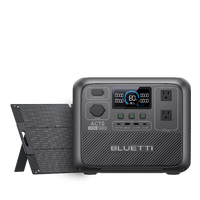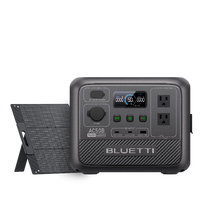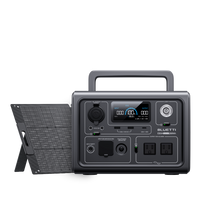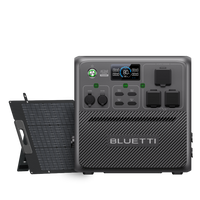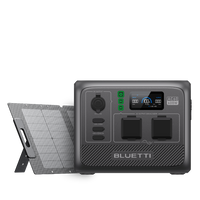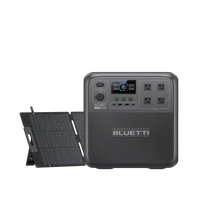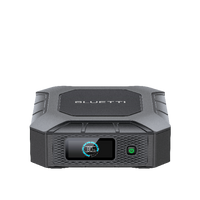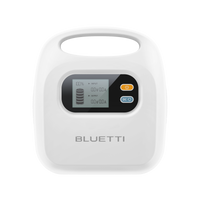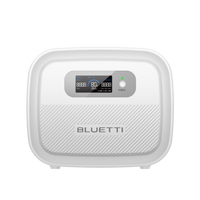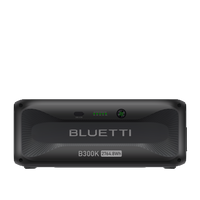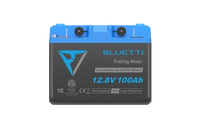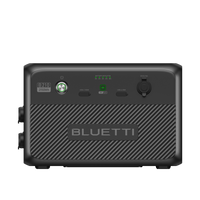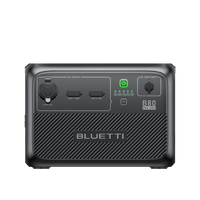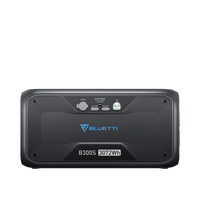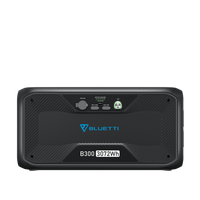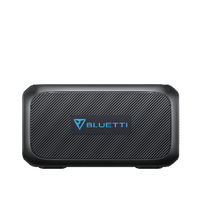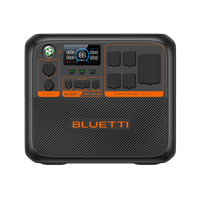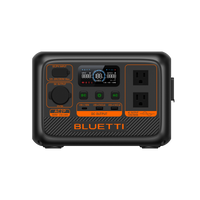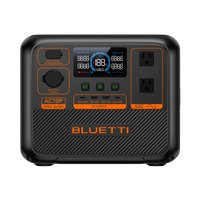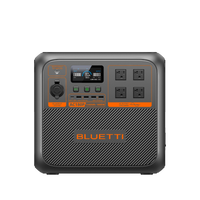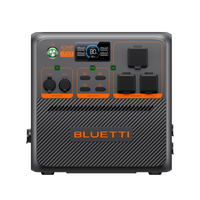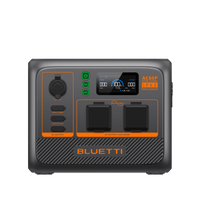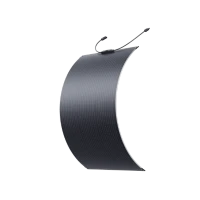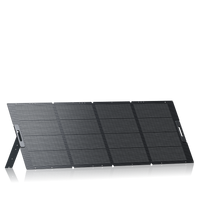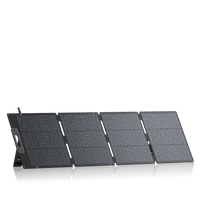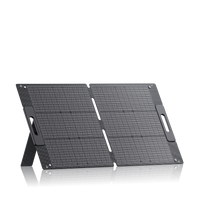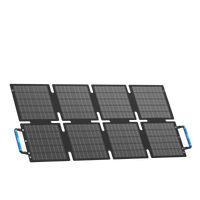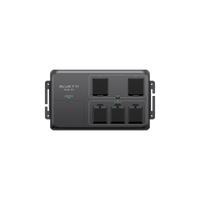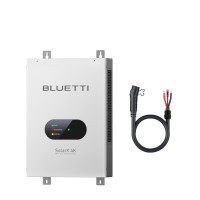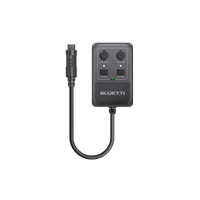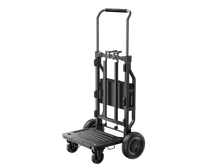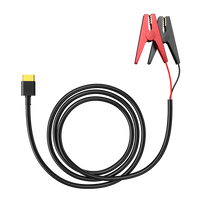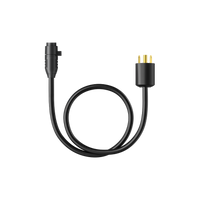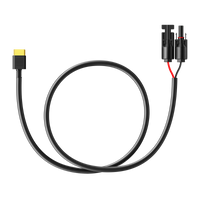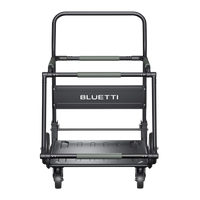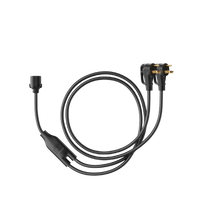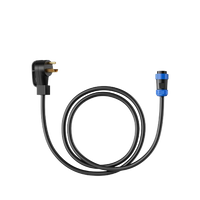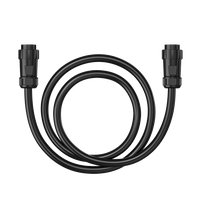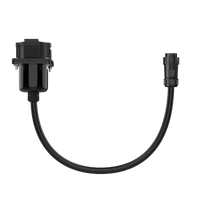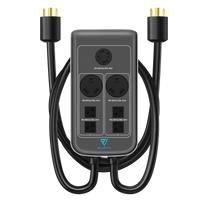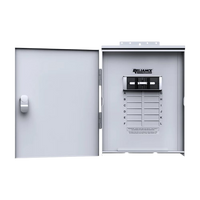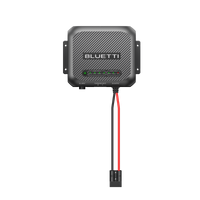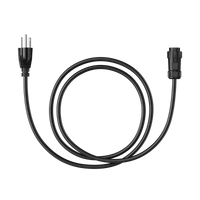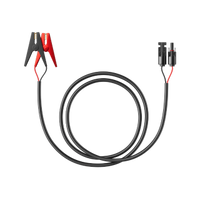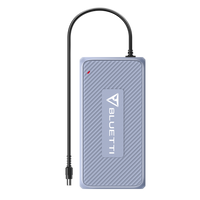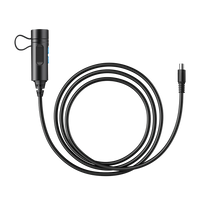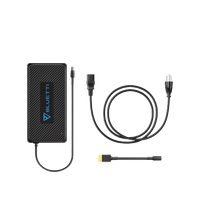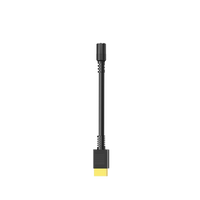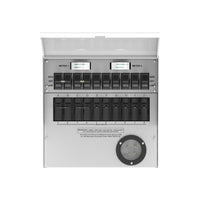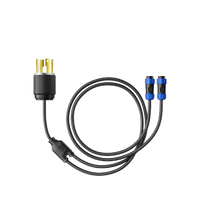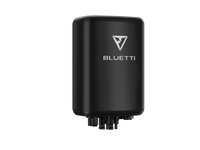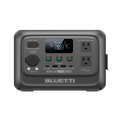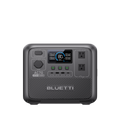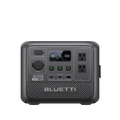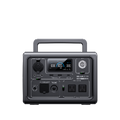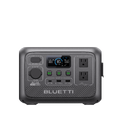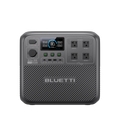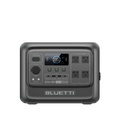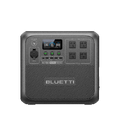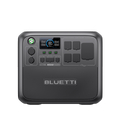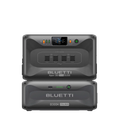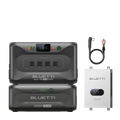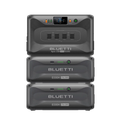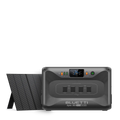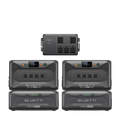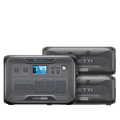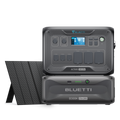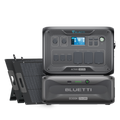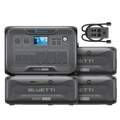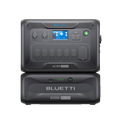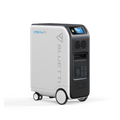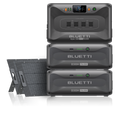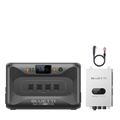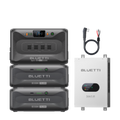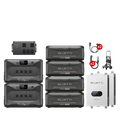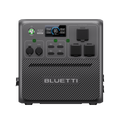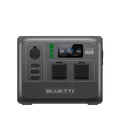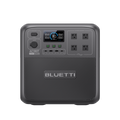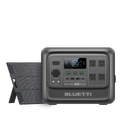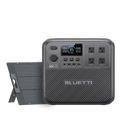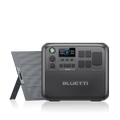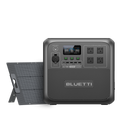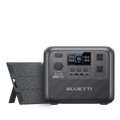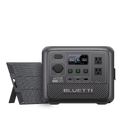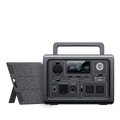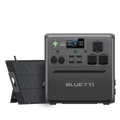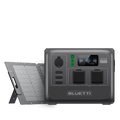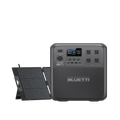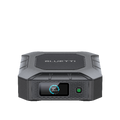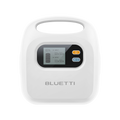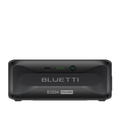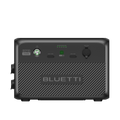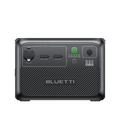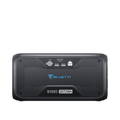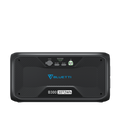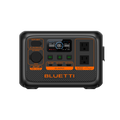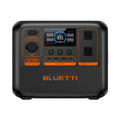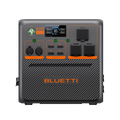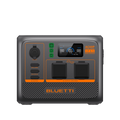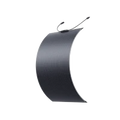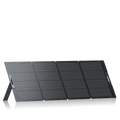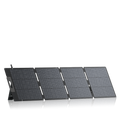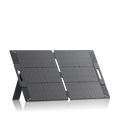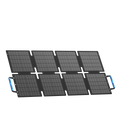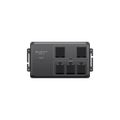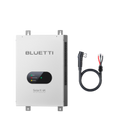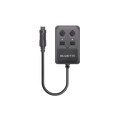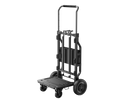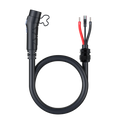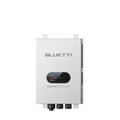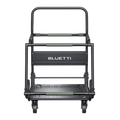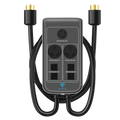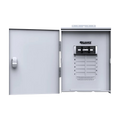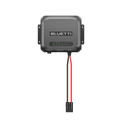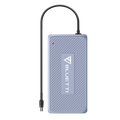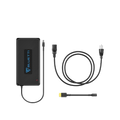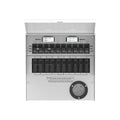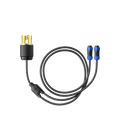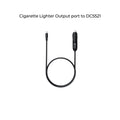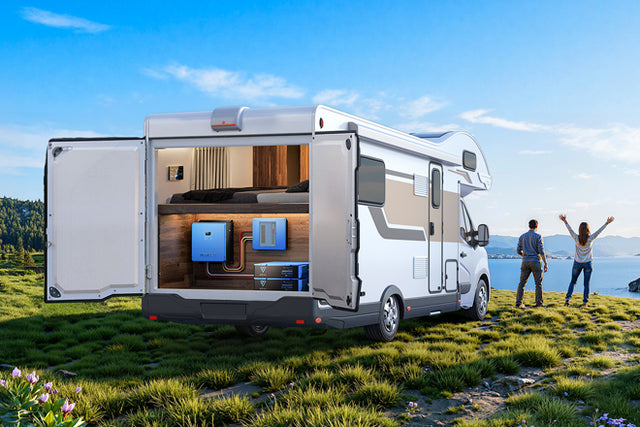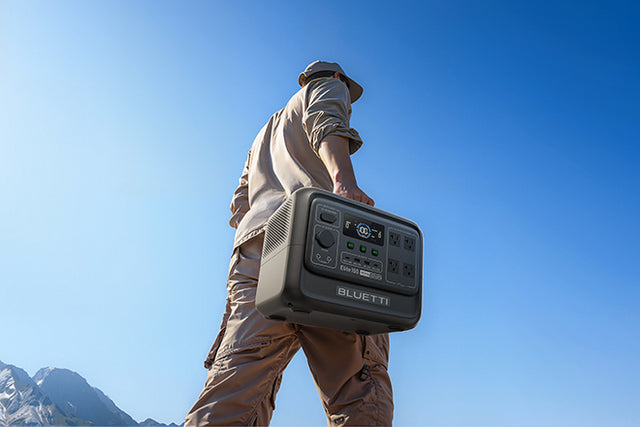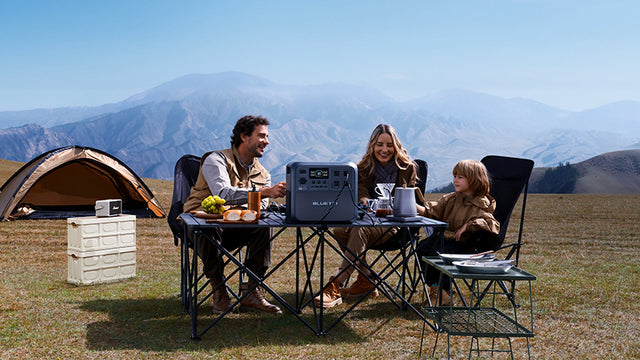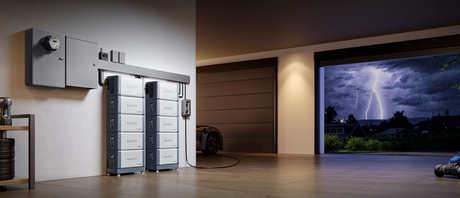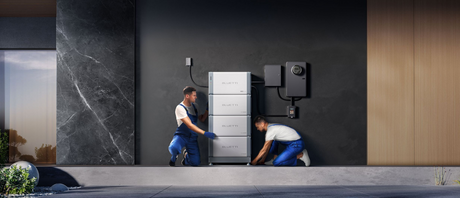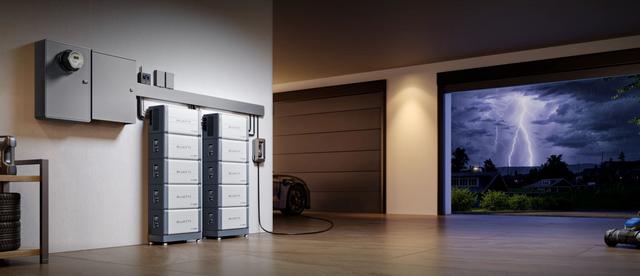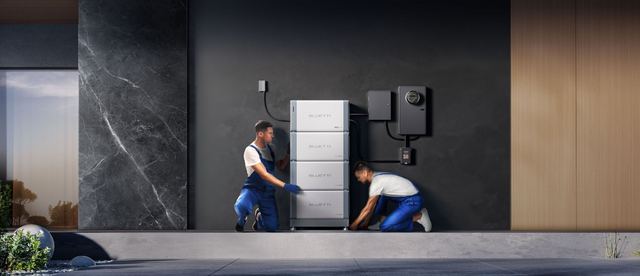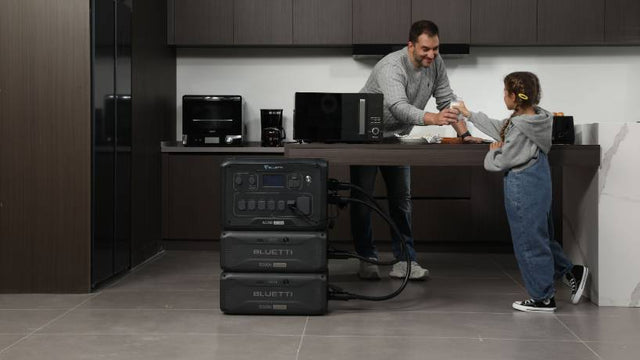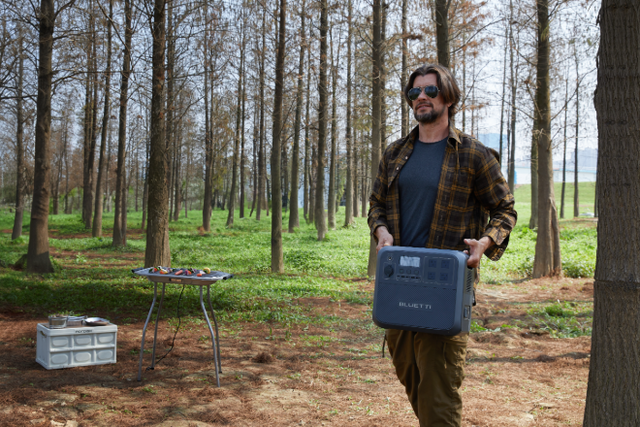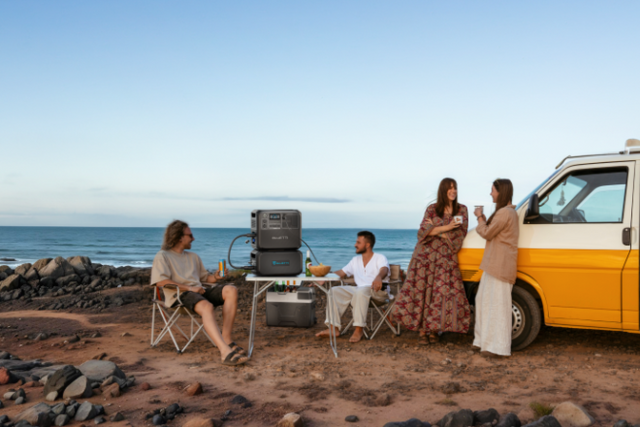Your cart is empty
Shop our products
Power outages occur unexpectedly, disrupting daily life by causing issues like refrigerator failure, air conditioner shutdowns, and other inconveniences. During an outage, a refrigerator's inability to cool accelerates food spoilage. If there is a lot of food in the refrigerator, it will cause you a huge loss of money when the refrigerator is powered off.
So, how to power the refrigerator when the power is off? A battery-powered generator for a refrigerator is a good choice when there is a power outage. The battery generator can power your refrigerator and keep it running for 4 to 15 hours. It is a perfect device in a time of power outage.
Why Is a Battery-Powered Generator the Best Choice for Refrigerators During a Power Outage?

Generators are often used as an alternative source of energy during an electrical outage to power freezers and refrigerators. The ideal generator is the battery generator for a refrigerator, as this eliminates the risk of carbon monoxide accumulation. It's also the quietest generator on the market. Solar-powered generators can be recharged using sunlight, making them eco-friendly, but the charging speed depends on panel wattage and weather conditions. For reliable performance, consider multiple charging options (e.g., AC or car charging).
Amongst the different power alternatives during a power outage, the battery-powered generator is the right choice because of some of its benefits, which include:
1. Power Your Refrigerator for the First Time
During a power outage, there are numerous backup options available, but battery-powered generators are the most reliable in terms of supplying totally uninterrupted electricity. They have automated transfer switches that activate quickly after a power interruption, allowing your refrigerators to turn on instantly.
2. Easy To Use
The battery-powered generator for a refrigerator is the easiest to install, and it is used by plugging the refrigerator directly into the generator.
The battery can be recharged using an electrical outlet, a gas-powered inverter, or solar, along with a standard wall outlet.
3. Easy To Move
The portable battery generator can easily be moved with its wheels (for those that come with wheels), a trolley, or an extra hand.
4. Eco-Friendly
It is not harmful to human health as it does not make noise and can be used indoors.
How Many Watts Does a Generator Use?
Before you power your refrigerator for the first time using a battery-powered generator, you must check out the following details:
1. Refrigerator Power Consumption
Before settling for a battery-powered generator for a refrigerator, you should know how much power the refrigerator consumes or will require for it to work efficiently. This will save you from buying a generator that may not be capable of providing the required amount of energy that your refrigerator requires.
Therefore, to find out how many watts your refrigerator needs, check the sticker inside for its amps and volts, then multiply these numbers.
For example:
If a refrigerator has 6.5 amps and 110 V, this means that the total watts to be used by this refrigerator will be 6.5 × 110 = 715 watts.
2. Battery Capacity Needed
I heard someone question whether a battery-powered generator could operate a refrigerator. Well, you could run anything on a battery-powered generator, but it must be correctly designed, taking into account the load characteristics.
A typical refrigerator requires 100–800 watts while running and a higher starting wattage (2 to 3 times its running wattage). For 10 hours of operation, a battery generator needs a capacity of at least 1,000–8,000 watt-hours (Wh), depending on the fridge's size and efficiency.
A bigger refrigerator requires a battery-powered generator with a bigger power rating, while a small refrigerator may use a battery-powered generator with a lesser power rating.
Can a Generator Damage a Refrigerator?

Surprisingly, a generator that is designed to keep the refrigerator up and running while there is a power outage can also be the cause of its damage, and here is the reason:
For a refrigerator to maintain the right temperature, it automatically switches itself on and off. An overburdened generator may supply unstable voltage or insufficient wattage, potentially damaging the refrigerator's compressor or electronics. Ensure the generator's wattage exceeds the refrigerator's starting wattage.
This, therefore, implies that for a generator to work effectively for a fridge, the watt allowance must exceed the refrigerator's starting watt.
Example:
A 2000-watt capacity generator will work effectively with a refrigerator requiring around 1000-watt capacity.
Therefore, before using any portable power station for a refrigerator, the specifications of the refrigerator must be put into consideration.
How to Keep Your Fridge Ready for Any Potential Outage
The feeling of a power failure isn't always a good one. Everywhere suddenly gets silent and goes dark; all the appliances, especially the refrigerator, are now at the mercy of when the power is restored or when an alternative source is provided.
You must be ready to handle a power failure either before it occurs or during its occurrence. The following outlines will be beneficial to you:
- Do not put any other things into the refrigerator
Putting things into the refrigerator will require the doors to be opened; however, this gradually reduces the length of time the freezer will maintain its temperature, and the fridge will be cold. Therefore, when the power suddenly goes out, avoid putting things in the refrigerator.
- Connect the battery-powered generator to the refrigerator immediately.
To prevent food spoilage, especially in the freezer, connect the refrigerator to the battery-powered generator immediately.
- Keep the doors of the refrigerator closed.
If there has been a notification of a likely power outage, one of the ways to get the fridge ready is to keep the door closed because it will help to preserve the life of the food already kept in it.
Battery-Powered Generator for Refrigerator—Quick Reference Table
|
Aspect |
Details |
|
Main Advantage |
Safe for indoor/outdoor use, no carbon monoxide, quiet, eco-friendly |
|
Refrigerator Power Needs |
Watts = Volts × Amps (e.g., 6.5A × 110V = 715W) |
|
Average Fridge Usage |
100–800W while running; 1,000–8,000Wh for 10 hours of runtime, depending on fridge size. |
|
Battery Generator Capacity |
Small fridge: lower watt rating; large fridge: higher watt rating |
|
Runtime |
4–15 hours, depending on generator capacity and fridge size |
|
Potential Risks |
Underpowered generators can damage the fridge's compressor or electronics; ensure the generator's wattage exceeds the refrigerator's starting watts. |
|
Key Tips During Outage |
1. Keep fridge doors closed. 2. Avoid adding new items. 3. Connect the generator immediately |
|
Charging Options |
AC outlet, solar panels, gas inverter, car charging, lead-acid battery |
|
Recommended Models |
BLUETTI AC200MAX (2048Wh, runs 90W fridge ~18h) / BLUETTI AC300 + B300 (expandable up to 12,288Wh, fridge ~10h) |
Recommended Products
BLUETTI AC500 + B300K Power Station Combo
The AC500 & B300K power system is built for both home backup and off-grid living, offering up to 10,000W surge power with 240V split-phase support to run heavy-duty appliances like HVAC units, refrigerators, and washing machines. With modular expansion up to 33kWh, it ensures reliable energy during extended outages, while fast dual AC and solar charging provide quick recovery even in emergencies. Ideal for RVs and off-grid setups, it features 12V outputs, quiet, eco-friendly operation, and smart, customizable power management. Backed by a durable LiFePO₄ battery for over 10 years of performance, 16 versatile outlets, and smart app control, it delivers seamless, flexible, and sustainable energy, complete with peace of mind.

BLUETTI Apex 300
The BLUETTI Apex 300 is an all-in-one smart energy ecosystem for North America, designed as the foundation of BLUETTI's modular platform. It integrates seamlessly with accessories like B300K/B300/B300S batteries, AC Hub, AT1 switch, DC Hub, and solar input modules, enabling low-cost upgrades over time. With a base model capacity of 2,764.8Wh and 3,840W output, it is expandable up to 58kWh and 11.52kW using multiple units and batteries. Surge Mode provides 7,680W for resistive loads, and EV compatibility includes Tesla wall charging via NEMA 14-50R. It ensures zero-delay UPS switchover and uses EnerBalance™ AI for balanced battery management. Apex 300 consumes only 20W on standby, features grid savings mode, and supports 50A bypass for full home loads.
BLUETTI AC200L
The BLUETTI AC200L provides robust portable power with a 2,400W output and 2,048Wh capacity, suitable for camping or powering up to 11 devices simultaneously. It operates quietly, supports solar or car fast charging, and delivers seamless 20ms UPS switching to keep essentials running. Its expandable capacity ranges from 2–7.6kWh, with 1,200W solar or 560W alternator charging options, while NEMA TT-30 and D40 voltage regulators support RV essentials in a compact design. For heavy-duty needs, it features Power Lifting to 3,600W, multiple charging methods including solar, AC, car, or lead-acid backup, and safety certification with 3,000+ cycles.

FAQ
1. Who are the battery generators suitable for?
- Those who desire an emergency backup during the period of power failure.
- Individuals who do not depend on the public electricity supply.
- Owners of a small vehicle that runs on DC.
- Medical practitioners.
- Other persons who operate on DC-supplied devices.
2. How many hours can a battery power a refrigerator?
Battery discharge time varies based on capacity and load. For example, a 2,000Wh battery powering a 100W refrigerator could last 16–18 hours, accounting for efficiency losses. Discharging to 50% helps prolong lithium-ion battery life.
3. How to charge battery-powered generators?
There are 5 ways to charge your battery generator for a fridge:
- AC
- Solar panels
- Car charging
- Generator charging
- Lead-acid Battery Charging
4. How much capacity do I need to run my refrigerator?
The capacity you need is dependent on the size and model of your refrigerator, but the average home refrigerator requires between 1000 and 2000 starting watts.
Conclusion
Gas-powered generators are generally cheaper but unsafe for indoor use due to carbon monoxide risks, unlike battery-powered generators, which are safe indoors and outdoors. Considering the flexibility in terms of installation, use, durability, and safety, the battery-powered generator is the best to be preferred as an alternative source of power during a power outage.
